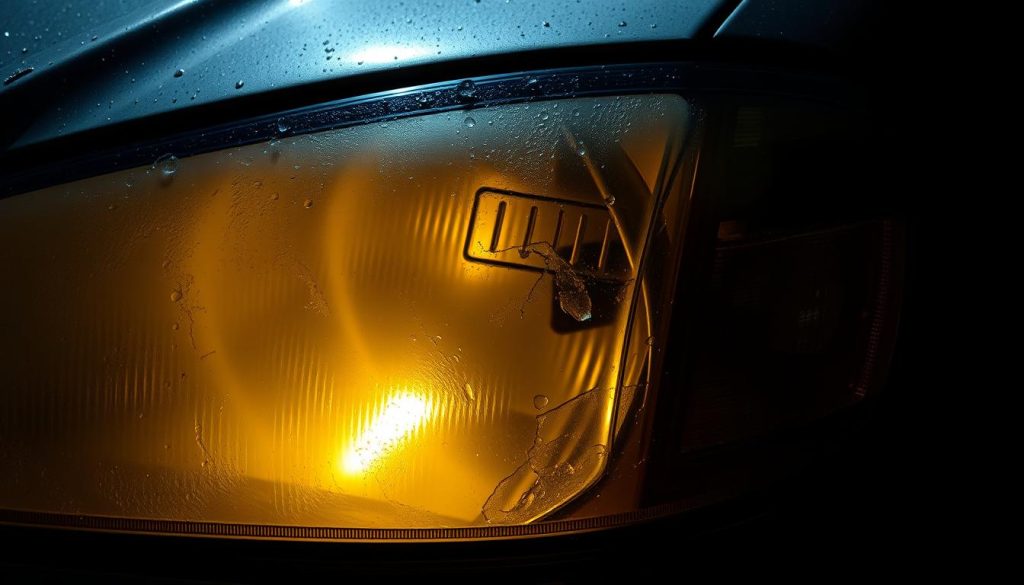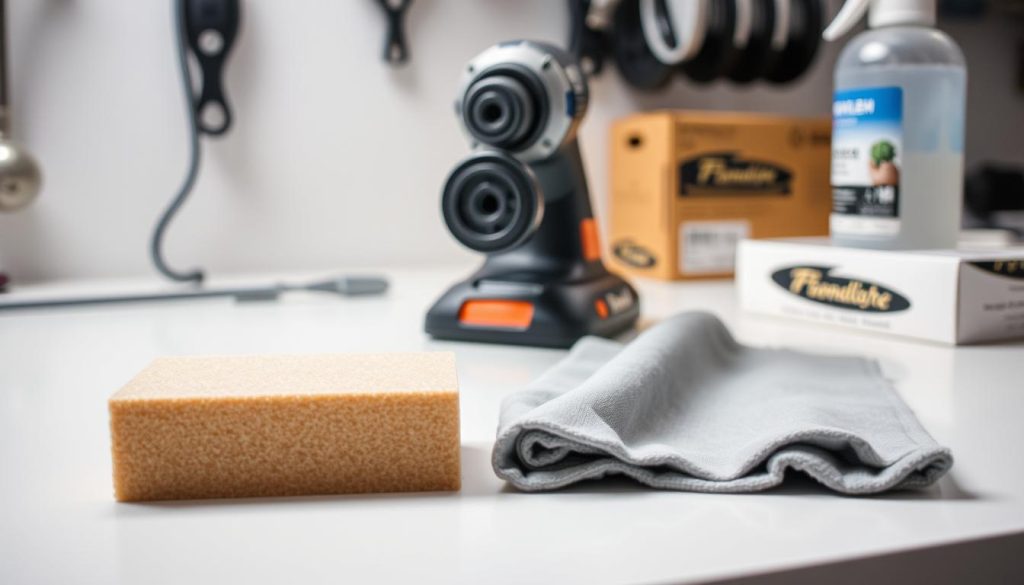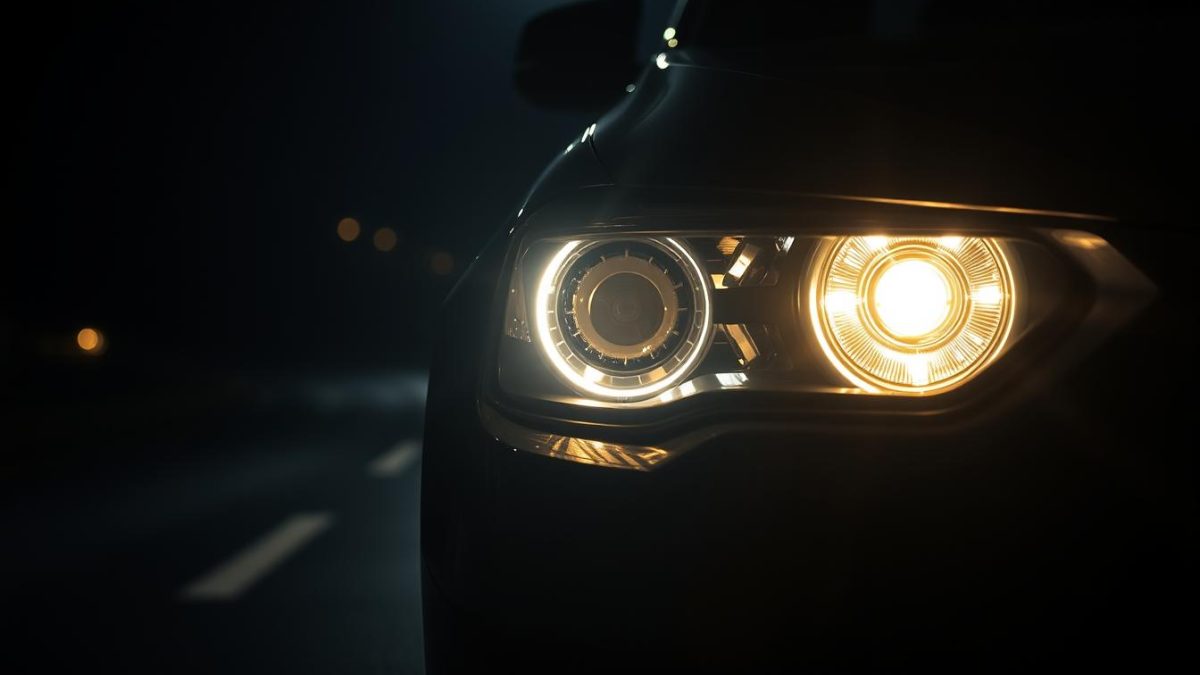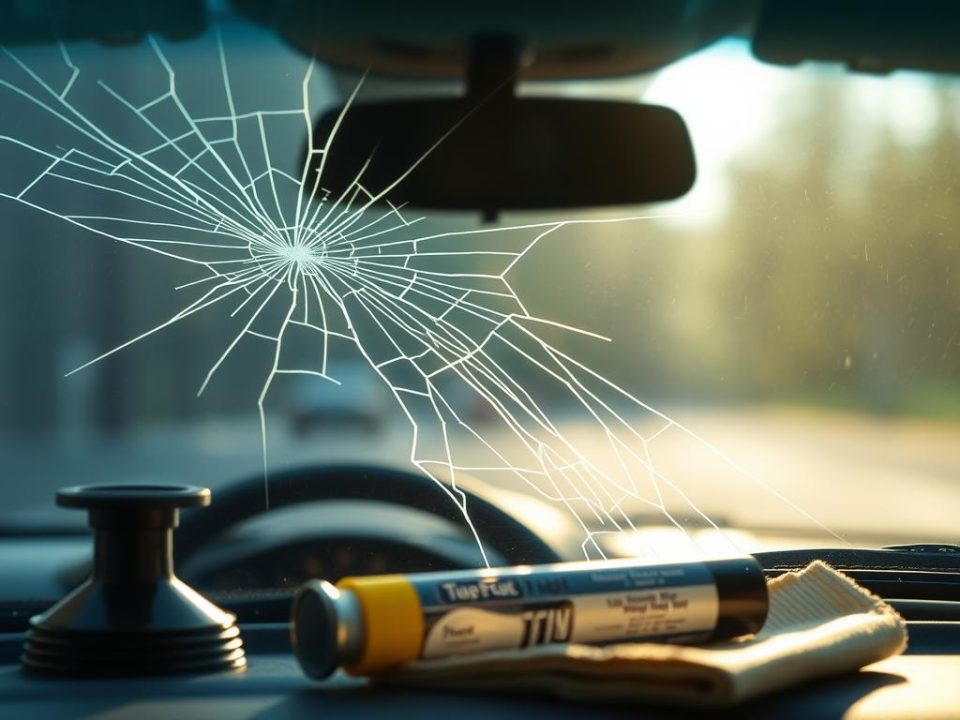
Mobile Windshield Replacement in San Antonio: Is It Right for You?

Does Insurance Cover Windshield Replacement in Texas?
Driving at night or in low-visibility conditions requires extra precautions to ensure safety on the road. One crucial aspect is maintaining your car’s headlights in optimal condition. It’s not just about replacing burned-out bulbs; the clarity of your headlights also plays a significant role in visibility.
Over time, car headlights can become cloudy or yellowed, reducing their effectiveness and creating potential safety hazards. At Miracle Auto Glass, we understand the importance of clear headlights for both visibility and the overall appearance of your car. This guide will explore the causes of headlight cloudiness and methods to restore and maintain headlight clarity.
Key Takeaways
- Clear headlights are crucial for safe night driving.
- Cloudy or yellowed headlights can significantly reduce visibility.
- Regular maintenance can improve headlight clarity.
- DIY restoration techniques can be effective.
- Professional help is available when needed.
The Importance of Clear Headlights for Safe Driving
Properly functioning headlights are essential for maximum visibility and safety on the road. Regular maintenance of car headlights is crucial, particularly during nighttime or adverse weather conditions. Clear headlights ensure that you can detect obstacles and hazards promptly, reducing the risk of accidents and contributing to overall road safety for all motorists.
How Cloudy Headlights Affect Visibility
Cloudy headlights can significantly impair your ability to see the road ahead, especially at night or during bad weather. When headlights are not clear, the light they emit is scattered, reducing the distance you can see and increasing the risk of accidents. This is particularly concerning during rain, fog, or snow, when visibility is already compromised.
Safety Risks of Poor Headlight Maintenance
Poorly maintained headlights not only affect your visibility but also make it difficult for other drivers to see your vehicle, creating dangerous situations at intersections and on highways. The National Highway Traffic Safety Administration has reported that inadequate visibility is a contributing factor in thousands of nighttime accidents annually. Maintaining clear headlights is often a legal requirement, with many states including headlight condition in vehicle inspection criteria.
Understanding Headlight Cloudiness: Causes and Effects
Headlight cloudiness is a widespread problem that can significantly impair visibility while driving, particularly at night. It’s essential to understand the causes behind this issue to maintain clear headlights.
UV Damage and Oxidation
UV rays and oxidation are primary causes of headlight cloudiness. Over time, UV exposure leads to the degradation of the headlight’s plastic surface, causing it to become hazy. This process is accelerated by oxidation, a chemical reaction that occurs when the plastic is exposed to oxygen.
Environmental Factors
Environmental factors such as road debris, harsh weather conditions, and road salt also contribute to headlight cloudiness. In areas like Los Angeles, where cars are constantly exposed to the elements, these factors can significantly affect headlight clarity.
Signs Your Headlights Need Attention
Signs that your headlights need attention include a yellowed or hazy appearance, reduced visibility at night, dim or scattered light output, and water or condensation inside the headlight housing. If you notice any of these signs, it’s time to take action to restore your headlights.

By understanding the causes of headlight cloudiness, car owners can take proactive steps to maintain clear headlights and ensure safe driving. Regular maintenance can help prevent cloudiness and prolong the life of your headlights.
Different Types of Headlights and Their Maintenance Needs
Headlights come in different types, including halogen, LED, and HID/Xenon, each requiring distinct care. Understanding these differences is essential for maintaining optimal headlight performance and ensuring safety on the road.
Halogen Headlights
Halogen headlights are the most common type, using a halogen bulb to produce light. They are relatively inexpensive but tend to yellow over time due to heat exposure, requiring more frequent replacement and cleaning to maintain clarity.
LED Headlights
LED headlights utilize light-emitting diodes, offering longer lifespan and energy efficiency. They produce less heat than halogen bulbs, reducing the risk of lens clouding. However, their complex design may require specialized maintenance and repair.
HID/Xenon Headlights
HID or Xenon headlights produce light by creating an arc between two electrodes in a xenon gas-filled tube, emitting a bright bluish-white light. They require a warm-up period and are sensitive to lens cloudiness, making regular maintenance crucial for optimal performance.
Essential Supplies for Headlight Clarity Maintenance
Maintaining headlight clarity involves using the appropriate cleaning and restoration products. To keep your headlights clear and ensure safe driving, it’s crucial to have the right supplies on hand.
Basic Cleaning Supplies
For minor cloudiness, basic cleaning supplies can be effective. A soft cloth and a gentle cleaning solution are often sufficient for routine maintenance. Regular cleaning can prevent the buildup of grime and oxidation that leads to cloudy headlights.
Restoration Kit Components
For more severe cloudiness, a headlight restoration kit is necessary. These kits typically include multiple grits of wet/dry sandpaper (1000, 2000, and 3000 grit), polishing compounds specifically formulated for headlight plastic, and a UV-resistant sealant to prevent re-oxidation. Quality kits also include masking tape to protect surrounding paint and trim, application pads, and buffing attachments for power drills.

DIY Headlight Restoration: Step-by-Step Guide
DIY headlight restoration is a cost-effective way to maintain your vehicle’s safety features and improve visibility on the road. Restoring your headlights to their original clarity can significantly enhance your driving experience, especially at night.
Preparation and Safety Precautions
Before starting, ensure you wear protective gloves and safety glasses. Clean the area around the headlights to prevent dirt from getting into the restoration process.
Cleaning the Surface
Begin by cleaning the headlight surface with a mild soap solution to remove dirt and grime. This step is crucial for a successful restoration.
Sanding Process
Use progressively finer grits of sandpaper to smooth out the headlight surface, removing any oxidation or damage.
Polishing Techniques
Apply a polishing compound to the sanded surface and buff it to a clear finish. This step helps restore headlight clarity.
Applying UV Protectant
Finally, apply a UV-resistant sealant to protect the headlights from future damage and maintain their clarity. Ensure even coverage and follow the manufacturer’s instructions for drying times.
Alternative Cleaning Methods for Minor Cloudiness
For minor cloudiness on headlights, several alternative cleaning methods can be employed. These methods offer a convenient way to restore clarity without extensive restoration kits.
Toothpaste Method
The toothpaste method is a simple and cost-effective way to clean minor cloudiness. Apply a small amount of toothpaste to the headlight and rub it in with a soft cloth. Rinse thoroughly with water.
Baking Soda Solution
A baking soda solution can also be used to clean cloudy headlights. Mix baking soda with water to form a paste, apply it to the headlight, and scrub gently before rinsing.
Commercial Cleaners
Commercial headlight cleaning products are available, offering a specialized solution. These cleaners often contain UV inhibitors and can be applied during a routine car wash. Look for products that come with microfiber cloths for optimal results.
Preventative Maintenance Tips for Long-Lasting Clarity
Preventative maintenance is the key to keeping your headlights clear and ensuring safe driving conditions. By following a few simple steps, you can maintain optimal visibility.
Regular Cleaning Schedule
Establish a regular cleaning schedule to keep your headlight free from dirt and debris. Use a mild soap and water solution to gently clean the surface.
Protective Measures Against UV Damage
Apply a UV protectant to your headlights to prevent damage from the sun’s rays. This will help maintain clarity and prevent the need for frequent restoration.
When to Seek Professional Help
If you notice severe discoloration or damage, consider seeking services from a professional garage like Miracle Auto Glass. They offer expert car care and services to restore your headlights to optimal condition.
Conclusion: Ensuring Safety Through Proper Headlight Care
Ensuring your headlights are clear is a critical aspect of vehiclemaintenance.
Maintaining clear headlights is not just about aesthetics; it’s a critical safety measure that impacts your visibility and how others see your vehicle. Regular maintenance routines can prevent the need for extensive restoration. The investment in headlight care yields significant returns in driving safety, especially at night or in challenging weather. Whether you choose DIY methods or professional services, addressing headlight cloudiness promptly is crucial.
For comprehensive solutions, including headlight restoration and windshield repair, contact Miracle Auto Glass today to ensure optimal clarity and protection on the road.




